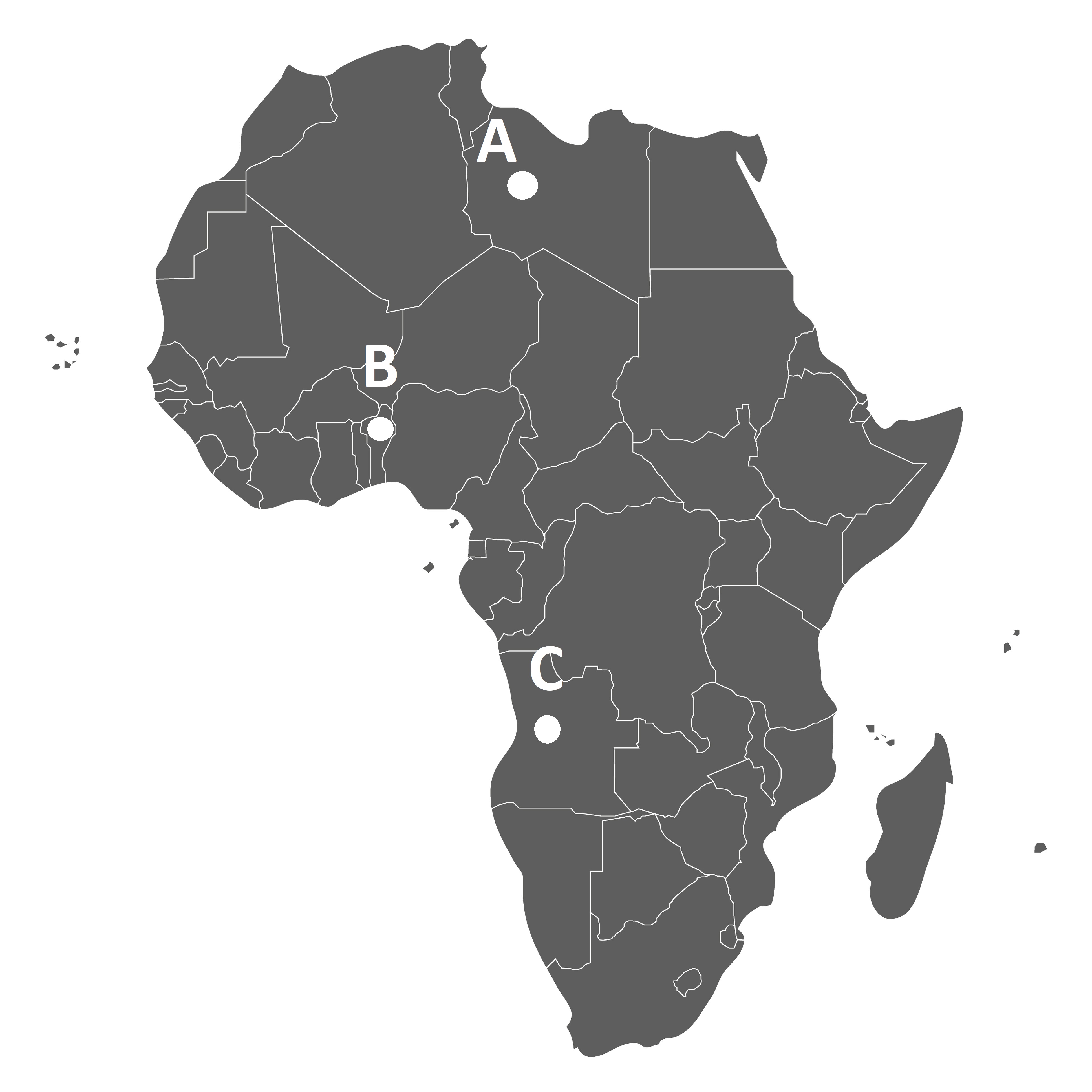
“Clean Water and Sanitation” is the topic of this unit.
■Learn the vocabulary and expressions related to clean water and sanitation
■Get to know and share your thoughts on the countries facing sanitation issues
■Give a presentation about sanitation







| 1. | What kind of inequalities are there, according to the passage? |
| Answer: |


| 2. | Did you do your research on the sub-textbook? Did you find an activity to solve the gender inequality? Please tell me what the organization/association does and how you feel about it. |




In the next part, we are going to learn about “Clean Water and Sanitation”.

| 1. | Where is the Republic of Benin? A, B or C? |
| The answer is _________. |



| 2. | What can you see in the pictures? Please describe as many as you can from each picture. |
 |
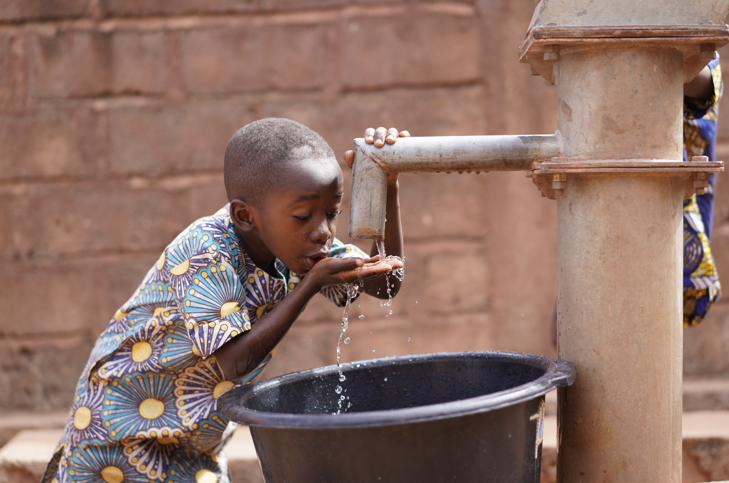 |
| Answer: |






|
lavatory トイレ、洗面所、化粧室
This country’s rural areas still lack an adequate number of lavatories.
|
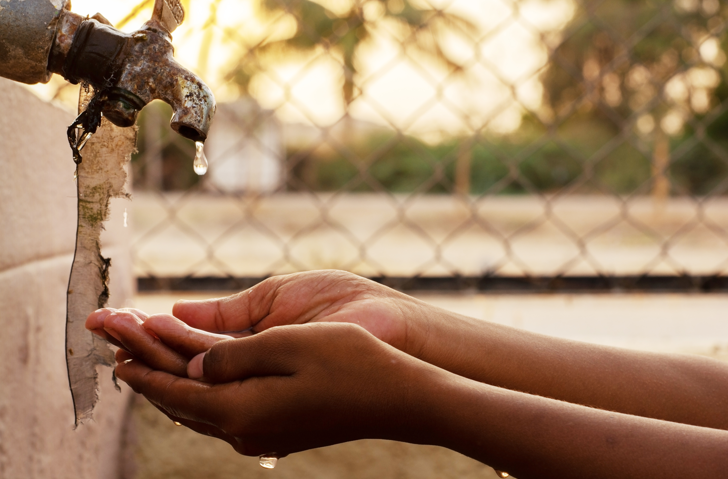
|
scarcity 不足
Water scarcity is becoming a major crisis in some rural areas due to water pollution.
|
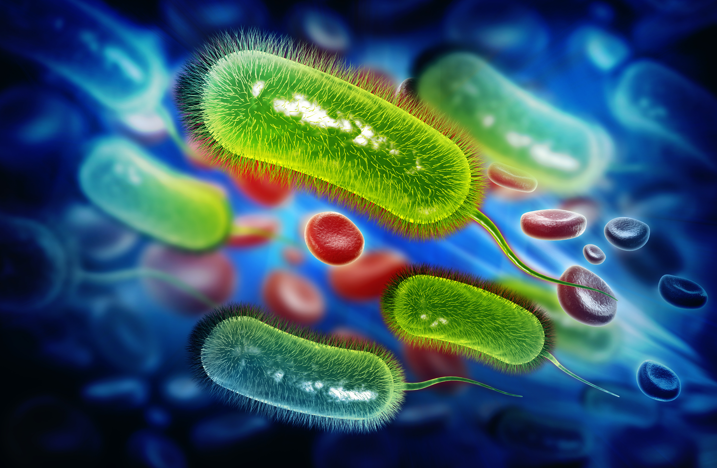
|
pathogen 病原体
Water supply must always be clean. Otherwise, disease pathogens will form if water becomes contaminated.
|
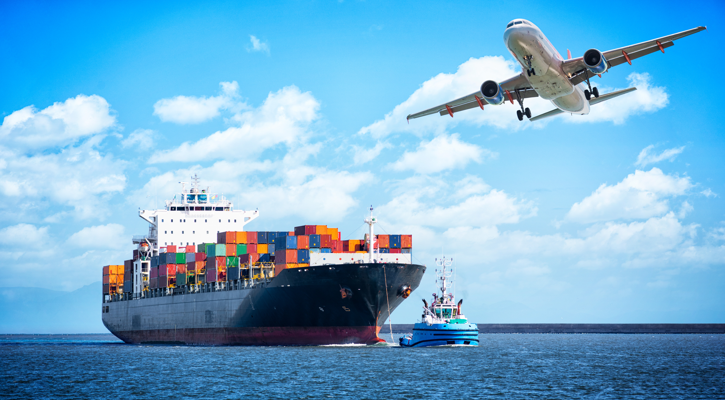
|
cargo 貨物、船荷
When the water level drops, cargoes become stranded on their way to their destination, causing delivery delays.
|




| 1. | The cleanliness of the public _______________ has been constantly ignored. |
| 2. | The village has been suffering from frequent floods, increased drought, and water _______________. |
| 3. | Contaminated water is infested with _______________ that cause diseases to humans and animals. |
| 4. | The _______________ hasn’t arrived yet. It must have been stranded on its way. |




Then, let’s move on to the next part.


More people will be affected by water-borne diseases if this crisis continues. Every day, about 1,000 children die from diarrheal infections linked to water and sanitation that could have been avoided. Women’s educational and economic potential is likewise limited because of water scarcity. In 80 percent of households without access to water, women and girls are accountable for water collection. As a result, they cannot attend school or work.


| 1. | Based on the passage, why can women not attend school or work? |
| Answer: |

Furthermore, the cost of maintaining water-intensive firms is rising. The 2015 drought in Brazil, for example, resulted in an increase in local costs of $8 million, including $2.1 million in higher utility bills. Nearly 80 percent of the water used by businesses comes from their supply networks, according to Ecolab, a water-treatment company in the United States. Shipping can also be delayed by low water levels, leaving cargo stranded on its way to its destination.


| 2. | According to Ecolab, what percentage of the water used by businesses comes from their supply networks? |
| Answer: |






| Nowadays, preparing for disasters is becoming common. In the future, we may face a situation where we cannot use tap water because of an earthquake or a typhoon. How would you prepare for a situation like this? Please give two ideas. |
| 1. | |
| 2. |


| Opening | Good morning/ afternoon/ evening. Today, I’d like to talk about (theme). I’ll discuss two ideas. |
| Body |
① (first idea and reason) ② (second idea and reason) |
Closing | These are some ideas I will use to prepare for a water shortage in a disaster. Thank you for listening. |

| Opening | Good morning/ afternoon/ evening. Today, I’d like to talk about (theme). I’ll discuss two ideas. |
| Body |
① __________________________________________ ② __________________________________________ |
| Closing | _____________________________________________ |



| Answer: |




